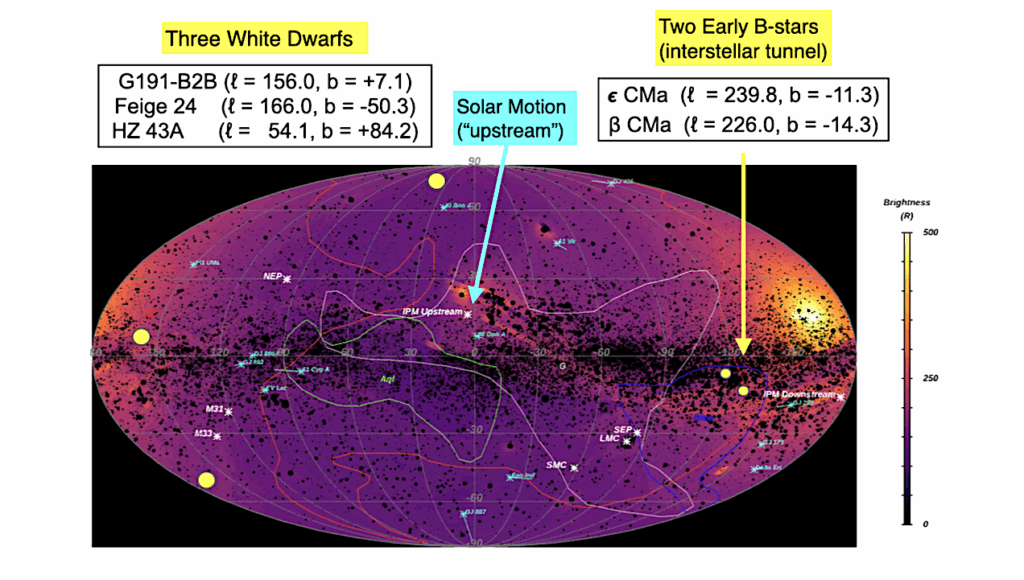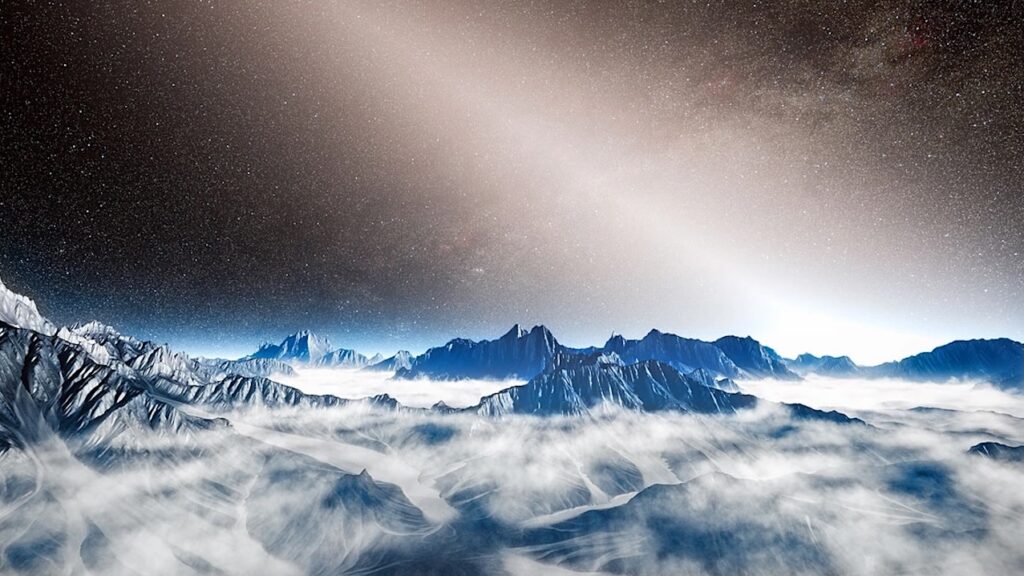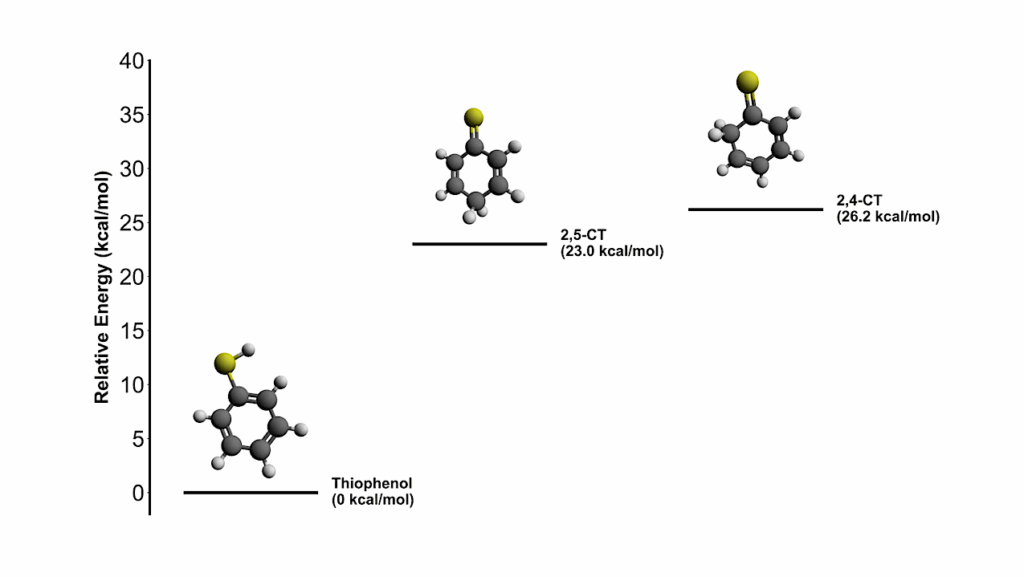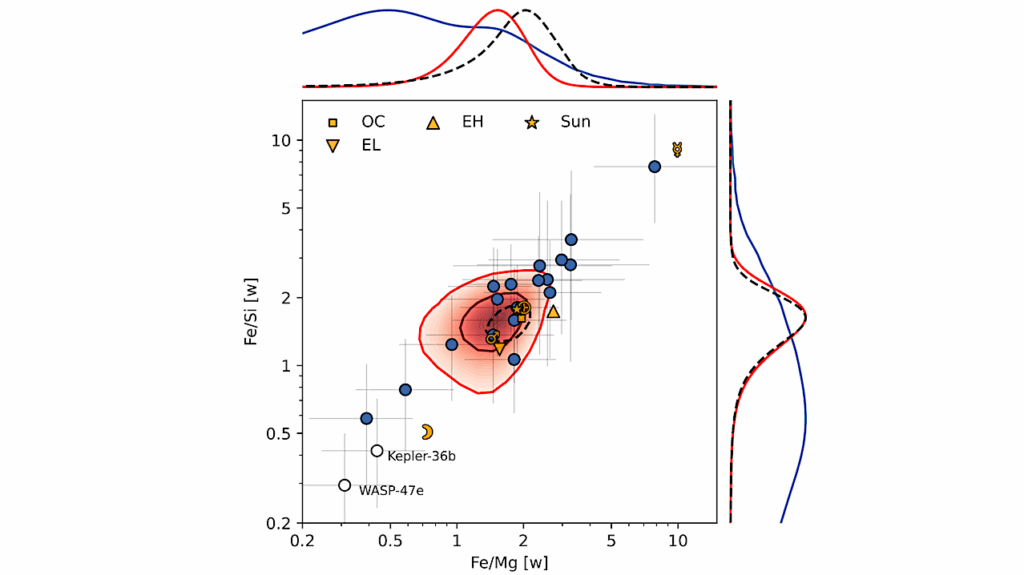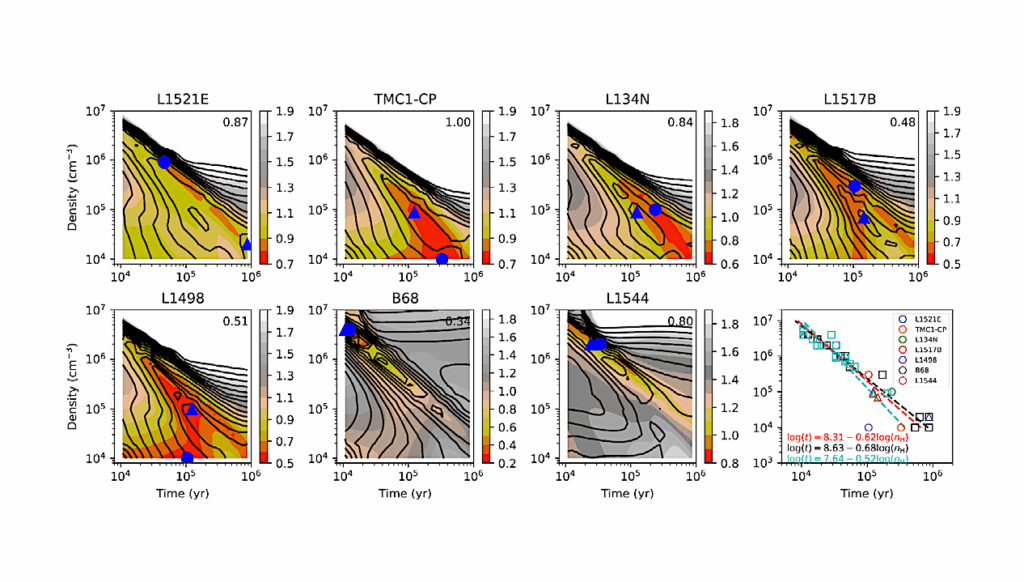Revisiting the Multi-planetary System of the Nearby star HD 20794: Confirmation of a Low-mass Planet in the Habitable Zone of a Nearby G-dwarf
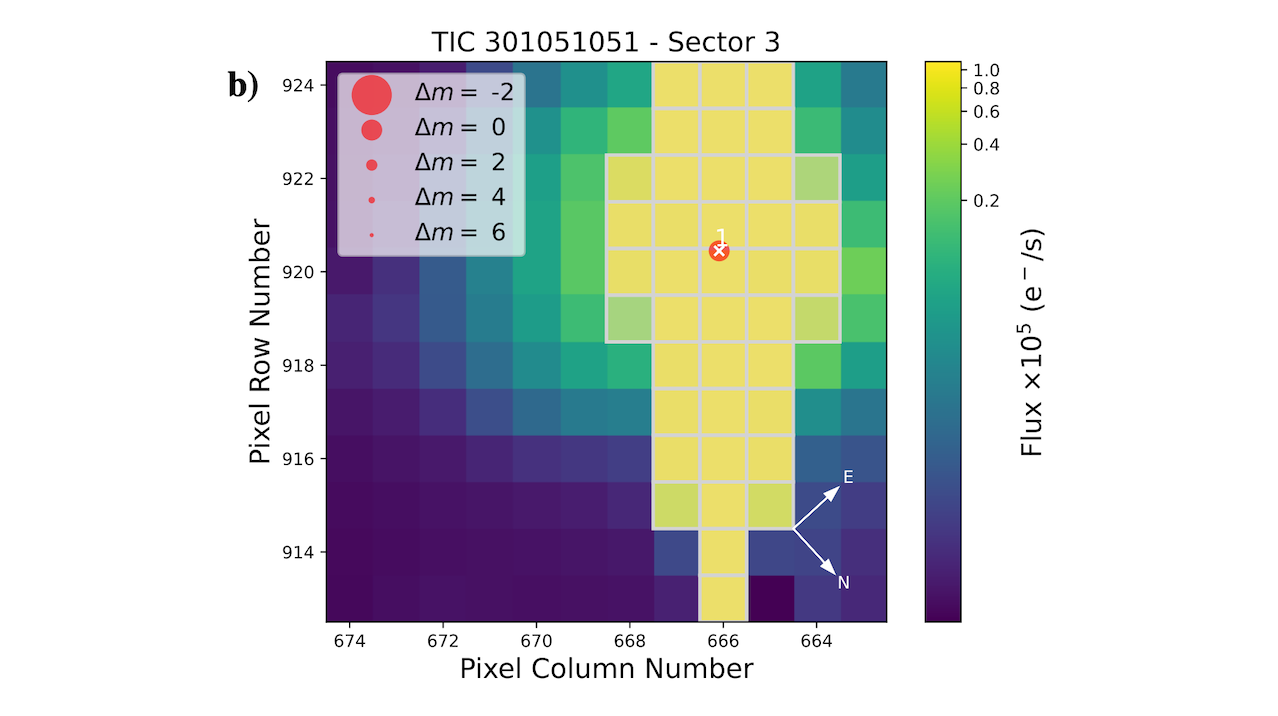
Close-by Earth analogs and super-Earths are of primary importance because they will be preferential targets for the next generation of direct imaging instruments. Bright and close-by G-to-M type stars are preferential targets in radial velocity surveys to find Earth analogs.
We present an analysis of the RV data of the star HD 20794, a target whose planetary system has been extensively debated in the literature. The broad time span of the observations makes it possible to find planets with signal semi-amplitudes below 1 m/s in the habitable zone. We monitored the system with ESPRESSO. We joined ESPRESSO data with the HARPS data, including archival data and new measurements from a recent program.
We applied the post-processing pipeline YARARA to HARPS data to correct systematics, improve the quality of RV measurements, and mitigate the impact of stellar activity. Results. We confirm the presence of three planets, with periods of 18.3142 +/- 0.0022 d, 89.68 +/- 0.10 d, and 647.6 +/- 2.6 d, along with masses of 2.15 +/- 0.17 MEarth, 2.98 +/- 0.29 MEarth, and 5.82 +/- 0.57 MEarth respectively.
For the outer planet, we find an eccentricity of 0.45 +/- 0.10, whereas the inner planets are compatible with circular orbits. The latter is likely to be a rocky planet in the habitable zone of HD 20794. From the analysis of activity indicators, we find evidence of a magnetic cycle with a period around 3000 d, along with evidence pointing to a rotation period around 39 d.
We have determined the presence of a system of three planets orbiting the solar-type star HD 20794. This star is bright (V=4.34 mag) and close (d = 6.04 pc), and HD 20794 d resides in the stellar habitable zone, making this system a high-priority target for future atmospheric characterization with direct imaging facilities.
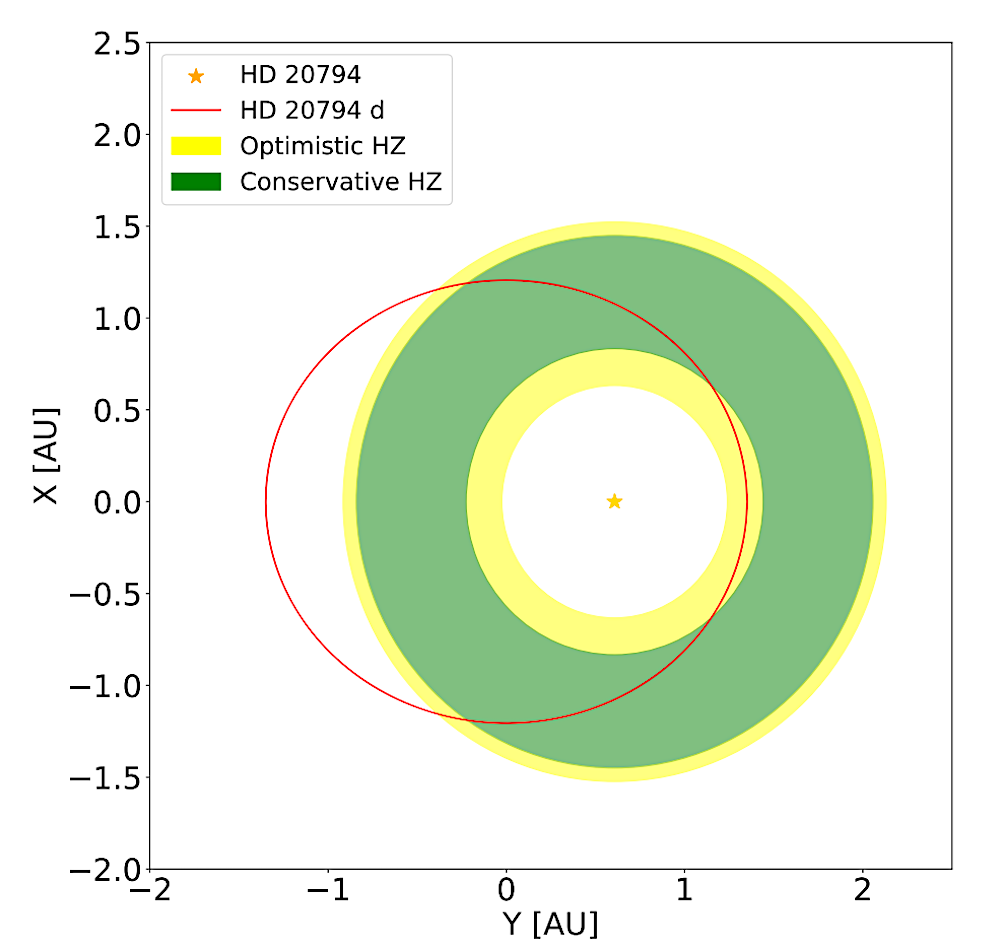
Position of the HZ relative to the elliptical orbit of HD 20794 d. It is possible to see how the planet crosses the HZ both in the optimistic and conservative boundaries for a large proportion of time. — astro-ph.EP
N. Nari, X. Dumusque, N. C. Hara, A. Suárez Mascareño, M. Cretignier, J. I. González Hernández, A. K. Stefanov, V. M. Passegger, R. Rebolo, F. Pepe, N. C. Santos, S. Cristiani, J. P. Faria, P.Figueira, A. Sozzetti, M. R. Zapatero Osorio, V. Adibekyan, Y. Alibert, C. Allende Prieto, F. Bouchy, S. Benatti, A. Castro-González, V. D’Odorico, M. Damasso, J.B. Delisle, P. Di Marcantonio, D. Ehrenreich, R. Génova-Santos, M. J. Hobson, B. Lavie, J. Lillo-Box, G. Lo Curto, C. Lovis, C. J. A. P. Martins, A. Mehner, G. Micela, P. Molaro, C. Mordasini, N. Nunes, E. Palle, S.P. Quanz, D. Ségransan, A.M. Silva, S. G. Sousa, S. Udry, N. Unger, J. Venturini
Subjects: Earth and Planetary Astrophysics (astro-ph.EP)
Cite as: arXiv:2501.17092 [astro-ph.EP] (or arXiv:2501.17092v1 [astro-ph.EP] for this version)
https://doi.org/10.48550/arXiv.2501.17092
Focus to learn more
Journal reference: A&A; Volume 693; A297; 2025
Related DOI:
https://doi.org/10.1051/0004-6361/202451769
Focus to learn more
Submission history
From: Nicola Nari
[v1] Tue, 28 Jan 2025 17:24:24 UTC (6,148 KB)
https://arxiv.org/abs/2501.17092
Astrobiology,



